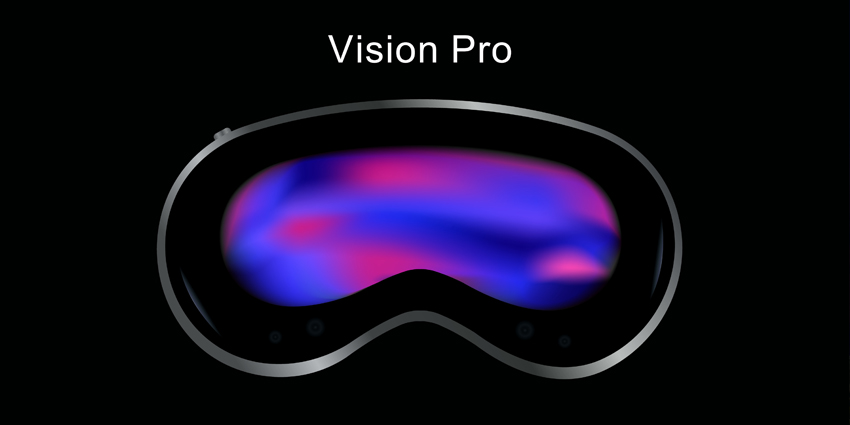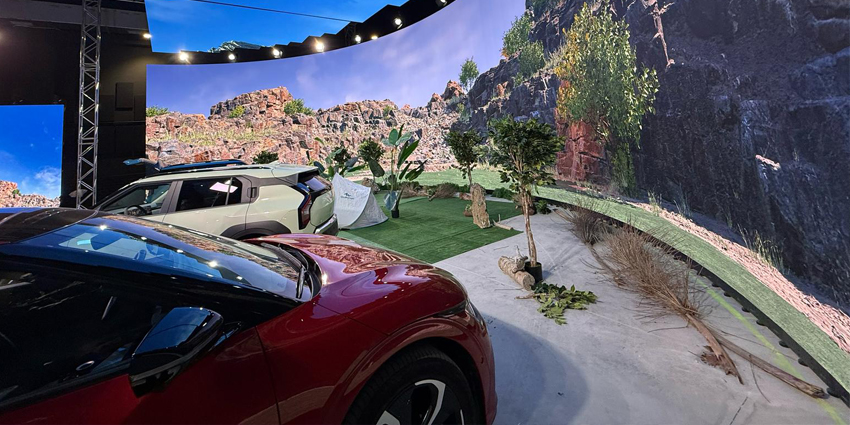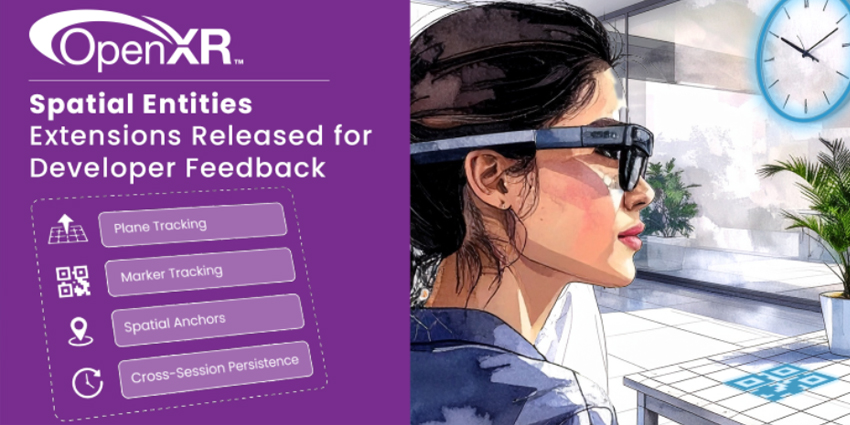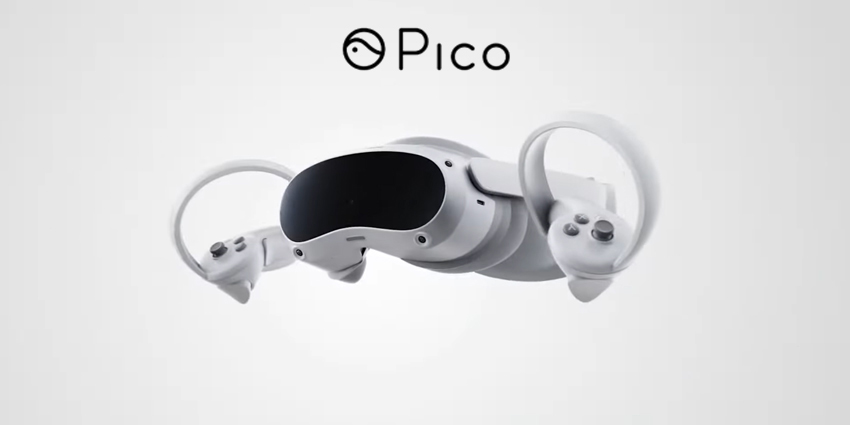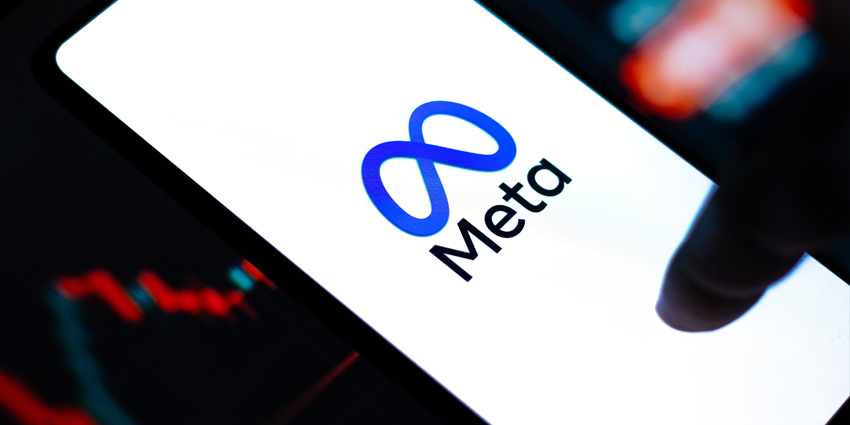Last week, news emerged stating that Apple has informed its suppliers of Vision Pro components about plans to delay production of the next Vision Pro model. Apple originally planned to introduce a cheaper version of the Vision Pro with fewer features following the debut model; however, Apple is facing issues with this goal.
Recent news indicates that Apple is slowing down its plans. Despite delays, it appears that Apple is planning to debut the lite Vision Pro in late 2025 or early 2026. The news followed WWDC, where Apple debuted new regional availability and enterprise APIs. A more flexible entry-level spatial computing device will likely expand the user base following the device’s initial release.
This week, despite the setbacks, further news is emerging revealing more details on the upcoming cheaper Vision Pro model.
Apple Vision Pro 2: More Details
Reports state that Apple’s Vision Products Group is facing production difficulties. Bloomberg states that Apple’s Vision Products Group and top executives are reevaluating the device’s roadmap, with discussions on improving distribution and adoption of the device via a cheaper model.
Moreover, the report states that Apple has been working on a cheaper iteration of the Vision Pro for years, with forecasts predicting that the more affordable model will cost roughly $1,500 to $2,000.
Apple has not yet named the cheaper Vision Pro, with the firm codenaming the prototype device “N107.” Notably, this price range is still more than the price of most major XR headsets. Even the Quest Pro, which faces criticism for its $1,499 starting price point (now roughly $999.99), failed to take the enterprise space by storm—Meta’s ex-CTO John Carmack criticised the product following his departure.
However, despite the intentions, Apple is seemingly struggling to reach the lower price range. Apple is trying to figure out what Vision Pro features the firm can remove while offering a cheaper, leading XR product.
Reports state that Apple may remove its EyeSight display, which receives mixed opinions. The feature shows the users’ eyes on the outer shell of the device for others to see. Apple is also lowering the power of the processing chip, the passthrough quality, and the field of view width.
Another significant change Apple is not committed to but is considering is making the Vision Pro a tethered device. Therefore, stopping the Vision Pro from being a standalone product and requiring a user to connect the product to an external device to assist with processing the product requires Mac tethering, which could significantly affect product mobility.
On the other hand, the Bloomberg report also states that Apple is working on a dedicated pair of AR smartglasses, with a forecasted release window of 2027.
Apple Announces International Realse Window
At WWDC, Apple announced that the Vision Pro will be available for pre-order in eight new regions globally this month. The release will enable selected areas to access the device by early next month. According to the recent Bloomberg report, Apple is naming the new model “N301A” and has additional unconfirmed features.
Pre-orders for the product will be available at the following prices: 24,502 CNY for China (mainland), 484,415 JPY for Japan, and 4,725 SGD for Singapore starting Thursday, June 13 at 6 p.m. PT. The product is set to be released on Friday, June 28.
Apple will also open pre-orders for Australia at 5,195 AUD, Canada at 4,725 CAD, France at 3,245 EUR, Germany at 3,245 EUR, and the United Kingdom at 2,785 GBP later this month on Friday, June 28 at 5 a.m. PT. General availability will commence on Friday, July 12.
The product comes with various accessories, including a solo knit band, a dual loop band, a personalized light seal with two light seal cushions, an Apple Vision Pro cover, a polishing cloth, a battery, a USB-C charge cable, and a USB-C power adapter. In addition, the package includes ZEISS Optical Prescription inserts to enhance clarity.
